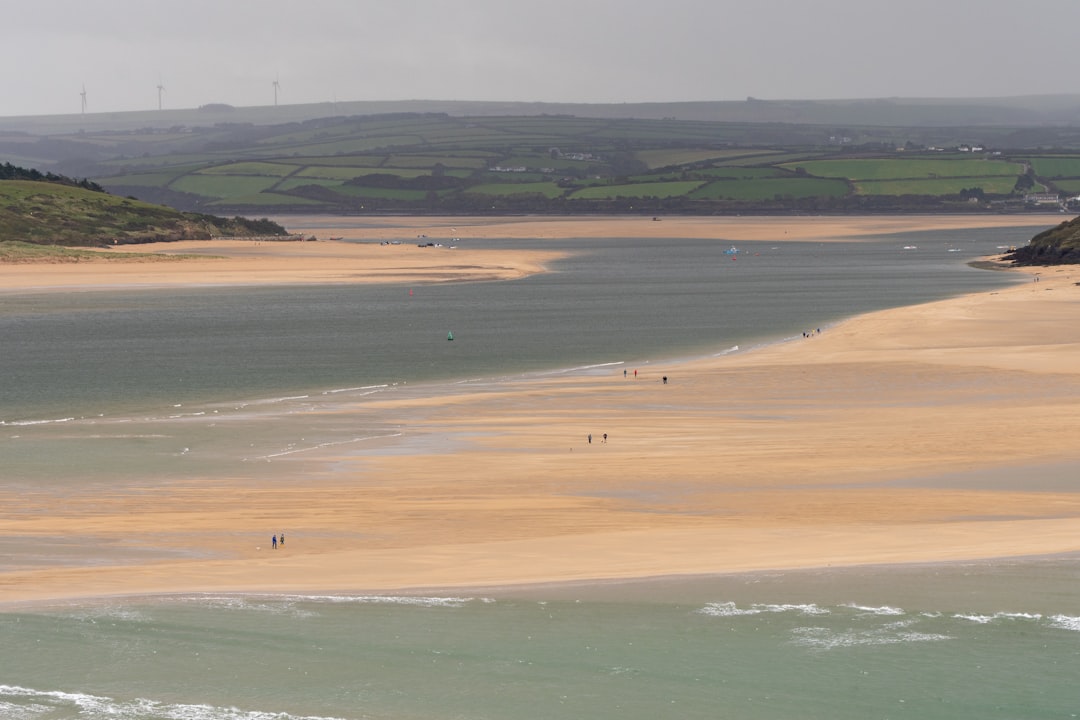What is it about?
The Southern Ocean is a key player in the global flow of carbon, yet it is hard to reach, and there are relatively few measurements there, especially in winter. Measuring the amount of carbon dioxide gas in seawater is key to advancing our understanding of the Southern Ocean. More than 74 robotic floats that use sensors to measure seawater properties have been deployed throughout the Southern Ocean, and each has a lifetime of around 5 years. It is currently not possible to directly measure carbon dioxide gas from these floats; however, it is possible to estimate carbon dioxide from things that the float can measure, like pH, a measure of ocean acidity. Here surface ocean carbon dioxide is estimated from several floats and compared to two ship-based estimates. In some locations, the floats closely match the existing estimates, but in other locations the floats see significantly higher surface ocean carbon dioxide in the wintertime, reinforcing the idea that the Southern Ocean's role in the global carbon cycle needs a closer look. Our results show that despite not measuring carbon dioxide directly, these floats will help scientists learn a lot about the Southern Ocean's part in the global flow of carbon.
Featured Image
Why is it important?
As biogeochemical Argo floats expand into other ocean basins it is important to understand the unique set of uncertainties associated with float-based ocean carbon system measurements. We believe that this uncertainty analysis will aid in the consideration and planning for a future global biogeochemical array.
Read the Original
This page is a summary of: Calculating surface ocean pCO2
from biogeochemical Argo floats equipped with pH: An uncertainty analysis, Global Biogeochemical Cycles, March 2017, American Geophysical Union (AGU),
DOI: 10.1002/2016gb005541.
You can read the full text:
Contributors
The following have contributed to this page










